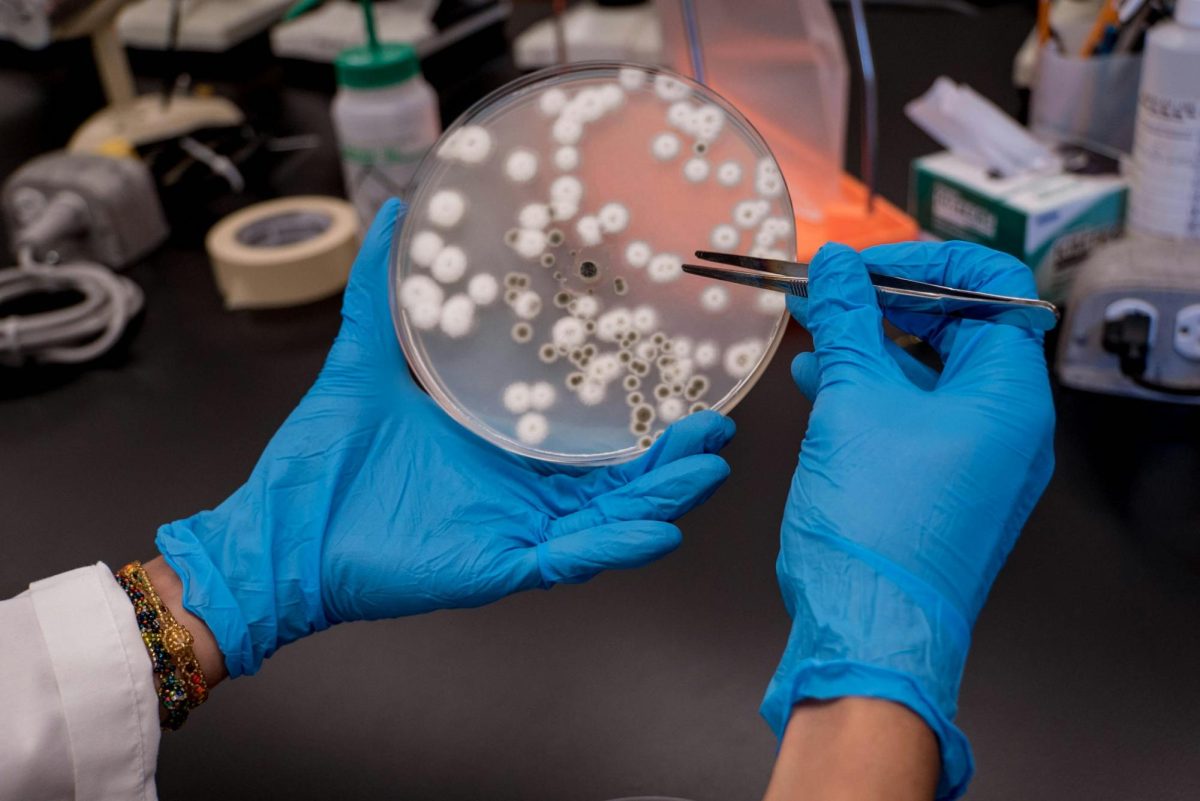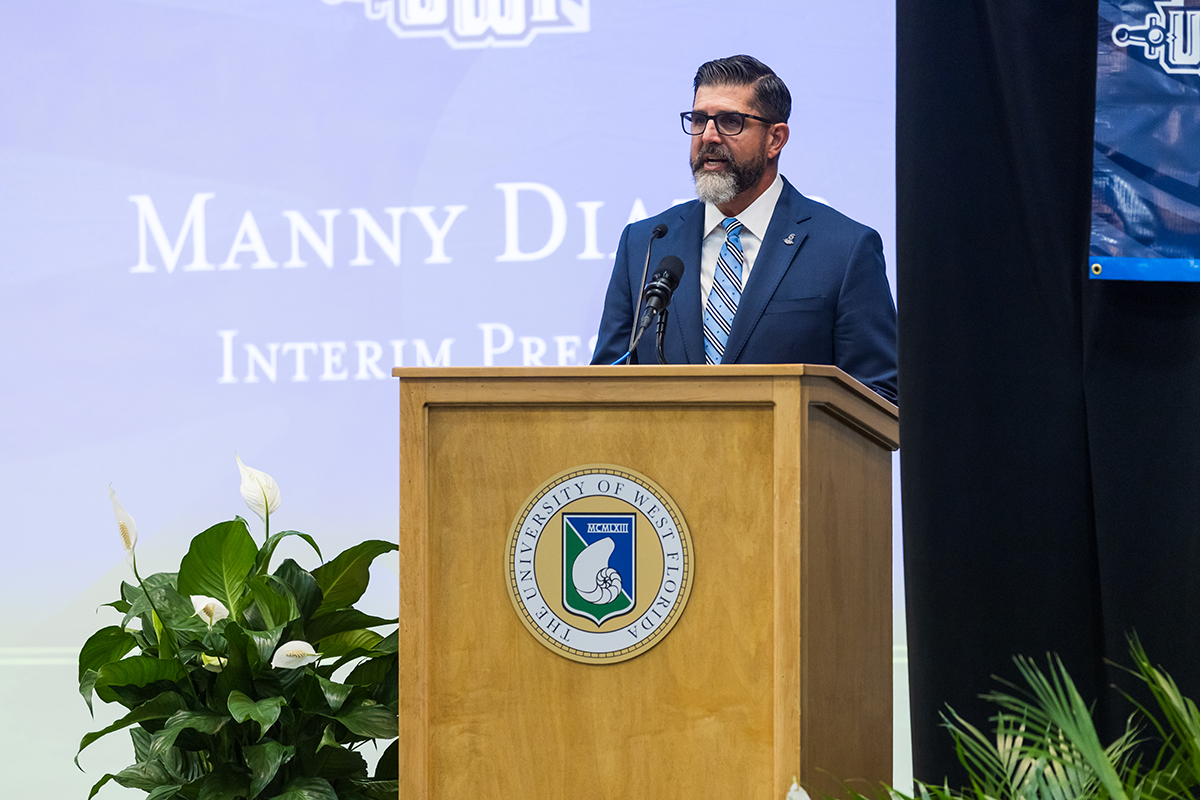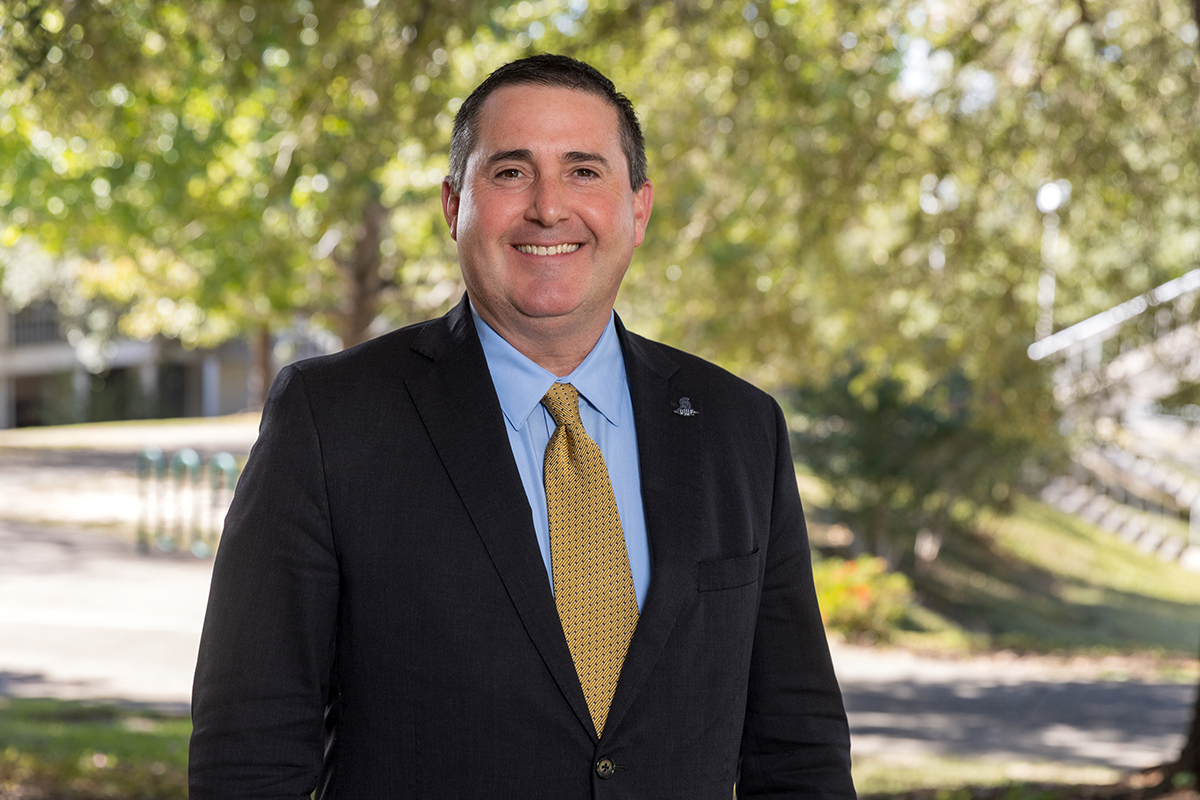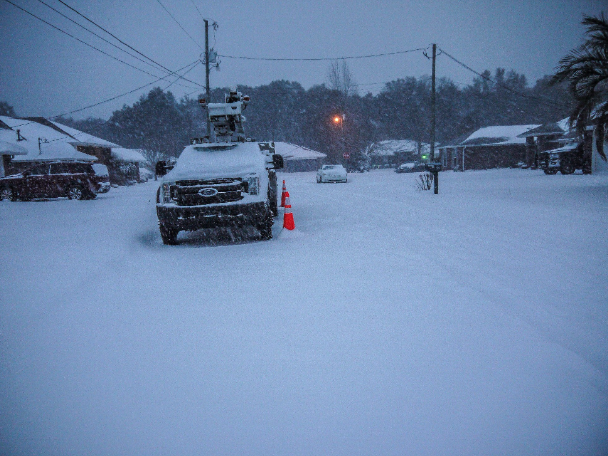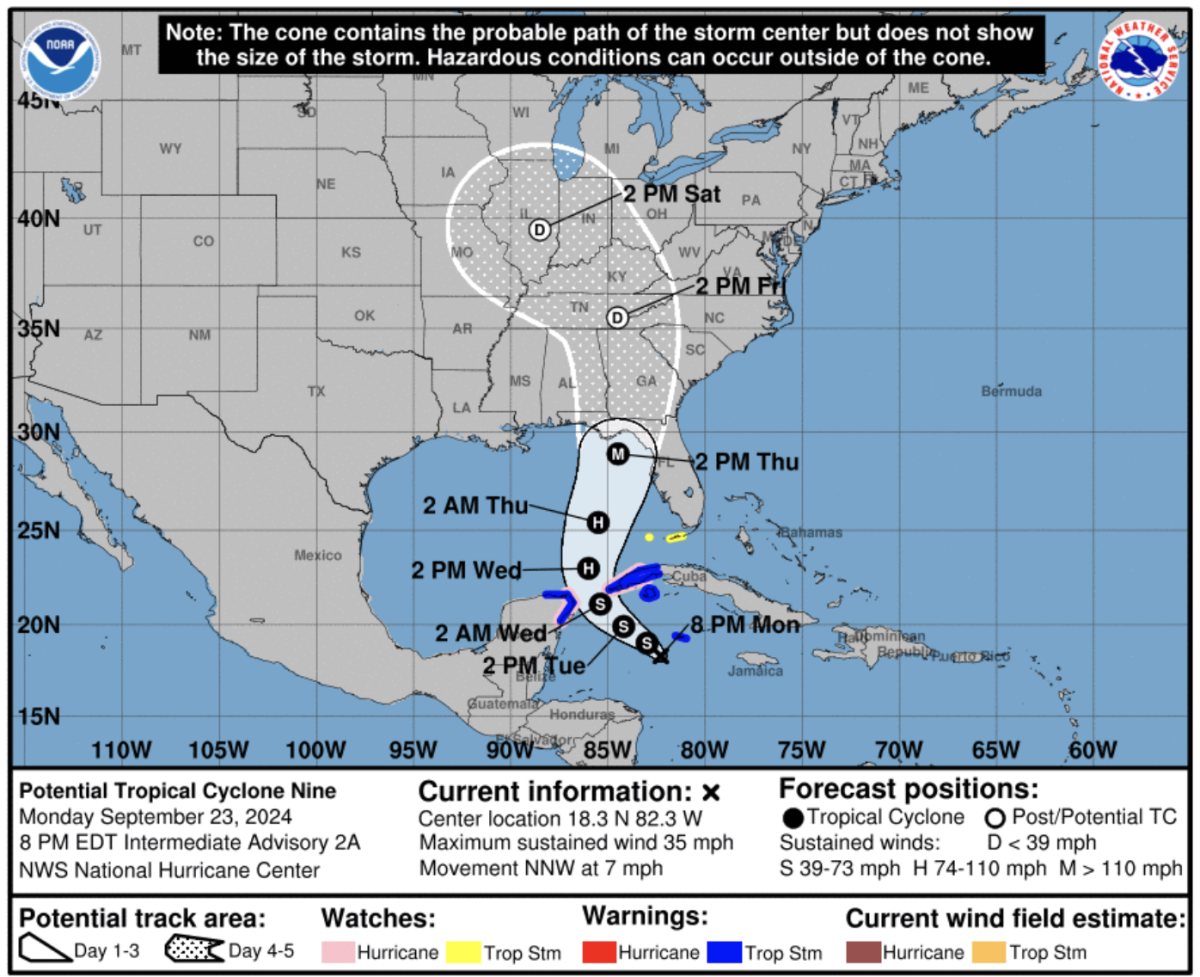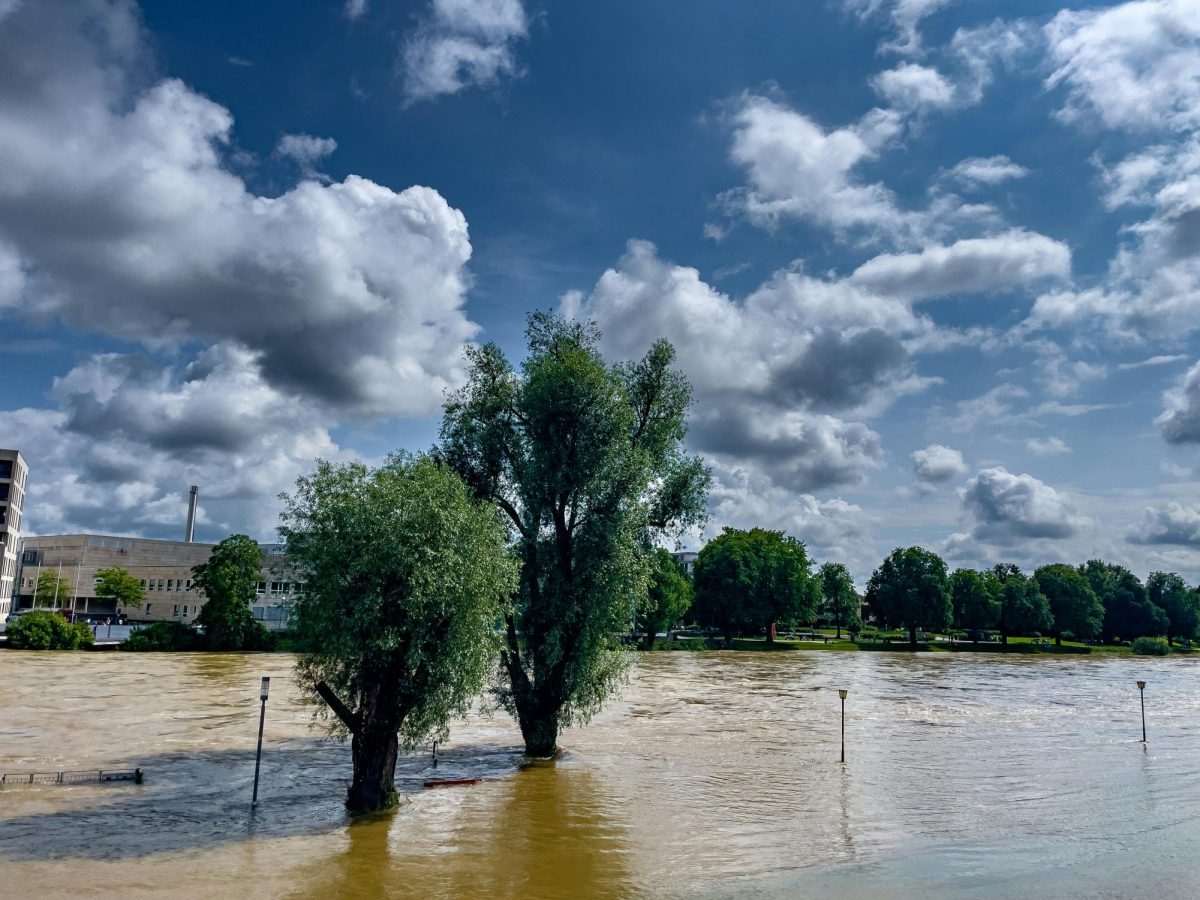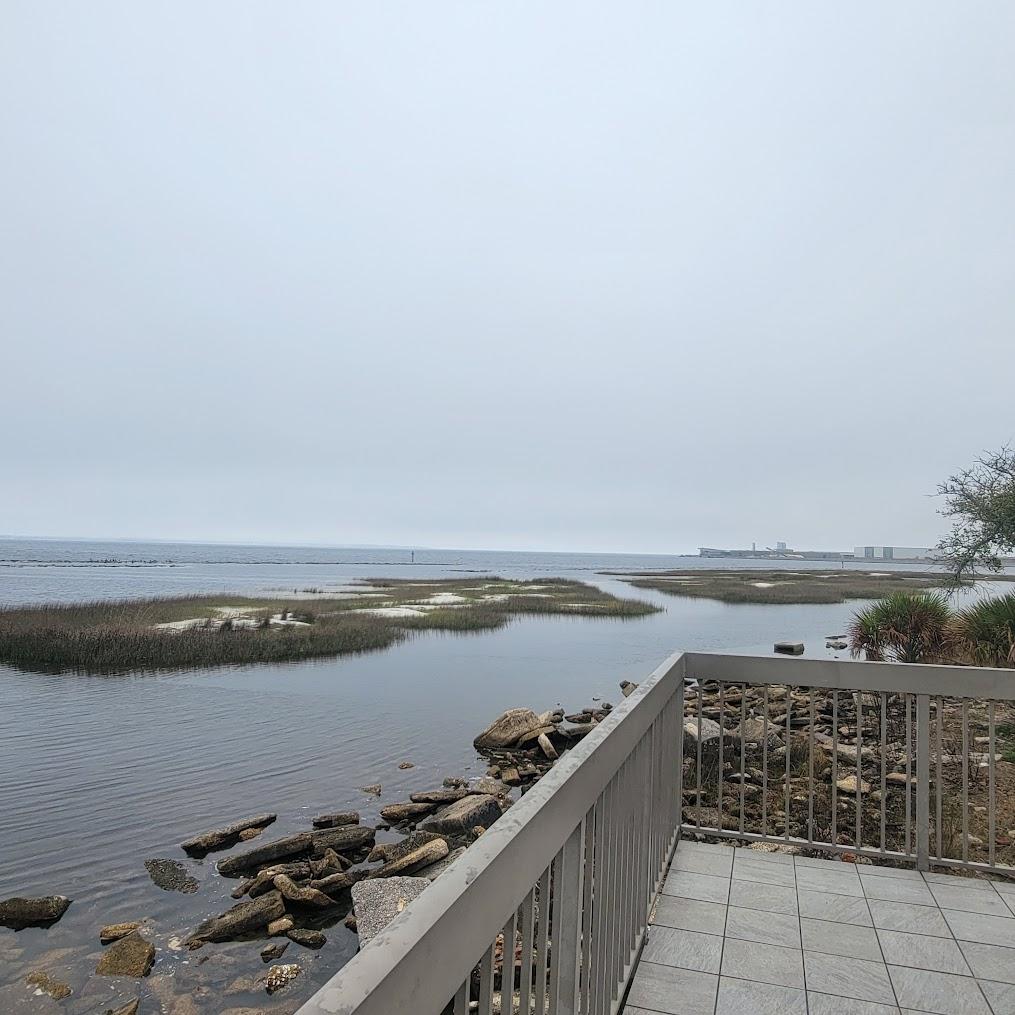When you imagine a day at Pensacola Beach, you probably see sun, sand, and saltwater, but beneath the waves lies a lesser-known threat: Vibrio vulnificus, sometimes called “flesh-eating bacteria”. In Florida, the bacterium thrives in warm, brackish coastal waters and has been linked to several serious infections and deaths in recent years. The risk is small but real, especially for people with open wounds or weakened immune systems.
A 2025 update from the University of Florida’s Emerging Pathogens Institute notes that Florida continues to be a hotspot for Vibrio vulnificus infections. In warm months, especially May through October, the bacteria flourish, and environmental events like hurricanes can worsen exposure by pushing saltwater inland or creating new wound risks. As of August 2025, the Institute reports 20 confirmed cases in Florida with five fatalities.
To understand how this plays out locally, I talked with Thymian Becker, a 21‑year-old lifeguard at Navarre Beach. “We’ve had a few close calls,” she said. “In July, someone came to my tower with a swollen leg. He told us he’d cut himself fishing earlier, then went into the water. We called EMS immediately.” Becker later learned through responding medical personnel that the patient had developed an early-stage Vibrio infection. “He got treated just in time,” she recalled. “Beachgoers often don’t realize how fast it can escalate.”
Becker also pointed out that warning signs or clear public information are rare. “Many people think the term ‘flesh-eating bacteria’ is just exaggeration, but out here, it’s not.” She hopes more visible signage and public education will help beach visitors make safer decisions.
According to Dr. Daniel Egan, an infectious disease specialist with Orlando Health, cases of Vibrio vulnificus often spike following flooding or storms, when saltwater encroaches inland and people may expose cuts or wounds to contaminated water. In a 2025 news article, Dr. Egan warned, “Vibrio in particular, it likes to move very fast. So, if all of a sudden, things look good, and then there’s some sudden redness that’s just spreading very quickly over a day to a few hours, that’s when you want to go to the emergency room quickly for it, because it can be that fast too.”
The Florida Department of Health, through local county health offices, has also issued warnings. In a 2024 press release, DOH–St. Johns urged people to avoid floodwater exposure, especially when wounds are present, and to seek medical attention if symptoms develop.
The DOH’s Healthy Beaches Program also monitors beach water quality and helps inform the public, though standard tests focus on bacterial contaminants like enterococci, not specifically Vibrio.
Statewide data underscores the danger: in 2025, Florida reported 11 confirmed Vibrio vulnificus infections and 4 deaths. That volume is lower than the 82 cases and 19 deaths recorded in 2024, which spiked in part due to Hurricane Helene. Still, the pattern is clear: warm waters, extreme weather, and vulnerable individuals converge to create risk.
For beachgoers in Pensacola and across Florida, staying safe means being informed and cautious. Here are some guidelines based on CDC advice and Florida DOH recommendations:
- Avoid entering saltwater or brackish water if you have any open wound, cut, or scrape.
- Cover wounds with waterproof bandages before swimming or wading.
- Clean and disinfect any cut or scrape immediately with soap and fresh water after exposure.
- Do not swim barefoot in areas with rocks or shells, which can cause injuries.
- Watch for signs of infection: redness, swelling, pain, fever, or rapid changes in a wound’s appearance, and seek medical care right away.
- Avoid raw oysters and shellfish; cooking to an internal temperature of 145 °F kills Vibrio.
In Pensacola, lifeguards like Thymian Becker often become the first points of contact for worried beachgoers and are instrumental in alerting medical services. She emphasizes, “What I hope is that more people see warning signs before they go in the water, not when they’re already scrambling for help.”
With Florida’s warm Gulf waters persisting through autumn, vigilance matters. Knowledge, preparation, and early medical care can turn what might have become a serious infection into a close call.
Editor’s Note: The above story was written as part of Dr. Willie R. Tubbs’ Public Affairs Reporting course at the University of West Florida.

